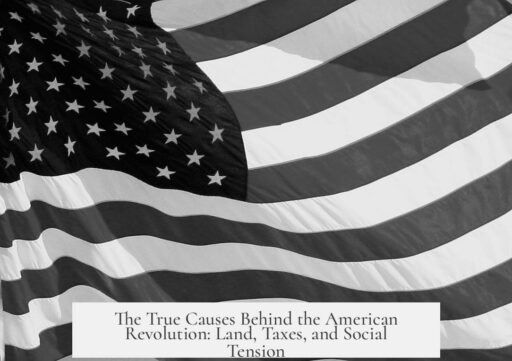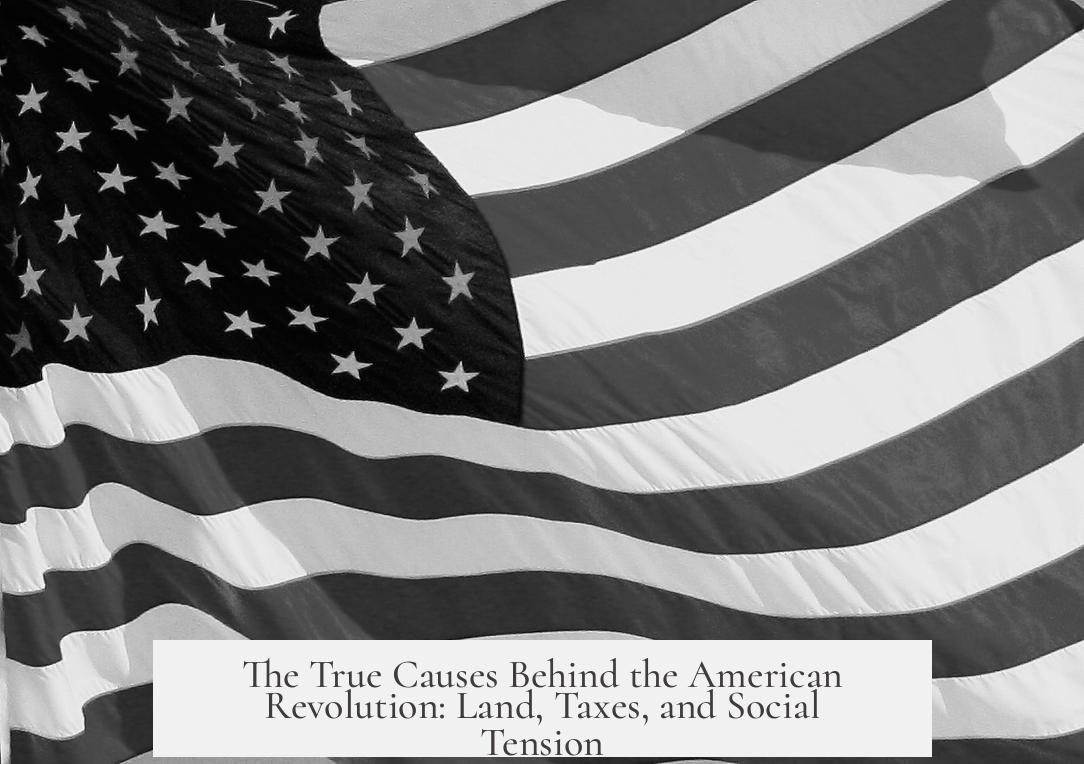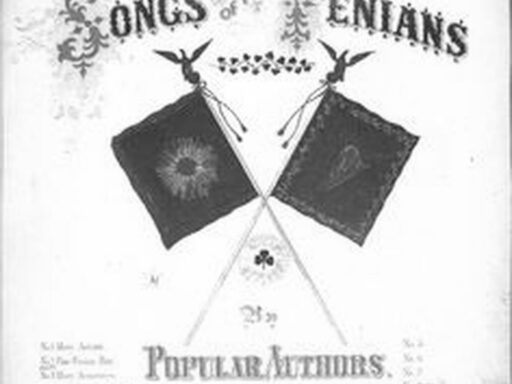The real reason for the American Revolution was not a single event or cause but a complex mix of territorial disputes, financial strains, political misunderstandings, and broad social divisions that escalated into a full-scale rebellion.
Initially, colonists resented British policies following extensive western expansion. They pushed westward, entering lands claimed by the French and powerful Native Nations, including the Iroquois Confederacy. This expansion triggered the French and Indian War. After the war, the British government gained new territories but also assumed increased military costs.
To cover these costs, Britain imposed taxes on the colonies. Many colonists, especially around Boston, opposed these taxes. They believed the standing army was unnecessary since they had just contributed to the recent war effort. The British also issued the Proclamation of 1763, which barred colonists from settling beyond the Allegheny Mountains to avoid conflicts with Native Americans. Colonists expected new lands after the French were removed but found expansion restricted. Veterans and militia, including George Washington, had anticipated land rewards for their service but faced disappointment.
Communication failures further intensified tensions. The British government underestimated how unpopular taxes would be. Simultaneously, colonists did not realize how firmly the Crown would insist on exercising its authority. This mutual misunderstanding created a cycle of escalating reactions. As Britain insisted on its right to tax and govern, resentment in the colonies deepened.
By 1775, diplomatic efforts like the Olive Branch Petition failed. The British Crown already declared the colonies in rebellion and prepared to use military force. This harsh stance widened the revolt’s scope and hardened colonial attitudes toward independence. British military campaigns swayed public opinion toward the Patriots, increasing support for separation from Britain.
The conflict involved diverse groups with varying motivations. The British attempted military suppression, but their forces were too small to maintain control effectively over large colonial areas. Loyalist groups operated in regions like Long Island, which the British held firmly. However, in places like North Carolina, local Patriots retaliated against Loyalists because British troops could not provide protection.
Foreign powers also influenced the revolution. The French supported the Patriots, turning the conflict into an international struggle. Native American nations participated on both sides, often influenced by their interests and alliances. The internal social fabric of colonies was complex. For example, some disaffected tenants in the Hudson Valley opposed Patriot landlords. In western North Carolina, Regulators opposed eastern colonial authorities and did not readily support the Patriot cause.
Slavery introduced additional tensions. Lord Dunmore, Virginia’s governor, issued a proclamation offering freedom to slaves who escaped rebel masters. This alienated many southern slaveholders from Britain and complicated recruitment for the Patriot cause. As a result, Virginia’s contribution of Patriot recruits became limited, highlighting the internal contradictions and divisions within colonial society.
| Cause | Description | Impact |
|---|---|---|
| Western Expansion | Colonists moved westward into disputed territories. | Triggered French and Indian War; led to Proclamation of 1763 restricting further expansion. |
| Taxation | New taxes imposed to pay military costs after war. | Met with colonial resistance and resentment, especially in Boston. |
| Political Misunderstanding | Colonists and Britain misunderstood each other’s positions. | Escalated conflict and hardened positions. |
| British Military Action | King declared colonies in rebellion and sent troops. | Increased colonial support for independence. |
| Social Divisions | Tensions among Loyalists, Patriots, landlords, tenants, and slaveholders. | Created a complex and divided revolutionary landscape. |
| Foreign Involvement | French aid to Patriots; Native Nations on both sides. | Expanded the scope and intensity of the conflict. |
The American Revolution cannot be attributed to just taxation or a desire for independence. It emerged from unresolved tensions about land, governance, and identity. The British government’s attempts to control and tax the colonies created deep resentment. Military enforcement and political inflexibility worsened the situation. The internal divisions among colonists further complicated the revolt. Foreign influence and local social dynamics made the conflict broader and more intense.
Overall, the Revolution resulted from a chain of events and conditions combining territorial ambition, economic burdens, political clashes, social fractures, and international factors.
- Colonial expansion triggered early conflict and British restrictions on western settlement.
- Taxes imposed without colonial input caused widespread anger and resistance.
- Failures in communication created a cycle of escalating confrontation.
- British military repression drove more colonists toward supporting independence.
- Internal social divisions and slavery shaped different loyalties within colonies.
- Foreign aid and Native alliances influenced the course and outcome of the war.
What’s the Real Reason for the American Revolution?
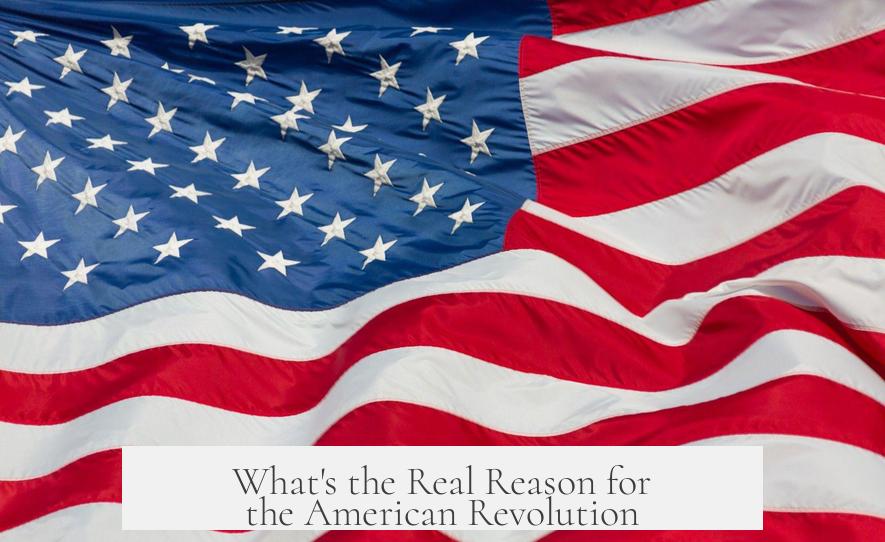
The real reason for the American Revolution is a complex mix of territorial ambitions, financial burdens, and escalating political misunderstandings that fueled colonial resentment and British assertions of authority. Let’s unpack this tangled web of cause and effect to see what truly ignited the flames of rebellion across the thirteen colonies.
Think of it as a chain reaction—with several links snapping at once, not just one big bang moment.
Westward Expansion: The Land Grab That Sparked Trouble
Initially, colonial settlers were on a land-shopping spree. They pushed west, brushing up against French claims and Native American lands, especially those of the powerful Iroquois Confederacy. This territorial clash fatally escalated into the French and Indian War. When the colonists emerged victorious, they expected a big reward: new lands to conquer and settle.
But here’s the kicker: the British government threw a curveball.
The Proclamation of 1763 was their diplomatic peace offering that basically said, “Hold on! No more westward expansion beyond the Allegheny Mountains.” The government made deals with Native Nations to reserve that western land for royal control, effectively slamming the door on colonial settlers’ dreams. Imagine training for a marathon, then being told you can only run halfway.
Colonial militiamen, including George Washington, felt especially betrayed. They had been promised land for their service during the war. Suddenly, that promise was frozen. Feeling squeezed on both sides, resentment brewed.
Financial Burdens: Taxation Without Representation?
Conquering new territory didn’t come cheap. Britain needed a standing army to guard the frontiers, and who was supposed to foot the bill? The colonists. Taxes like the infamous Stamp Act and Townshend Acts followed, landing with the subtlety of a marching band at a library.
The colonists, particularly in Boston, balked. They argued, “We’ve just fought in the war; why do we need this expensive standing army?” Plus, they had no say in the British Parliament’s decisions—leading to the rallying cry of “No taxation without representation.”
This financial squeeze felt less like fair share and more like a stranglehold.
A Breakdown in Communication and Growing Hostility
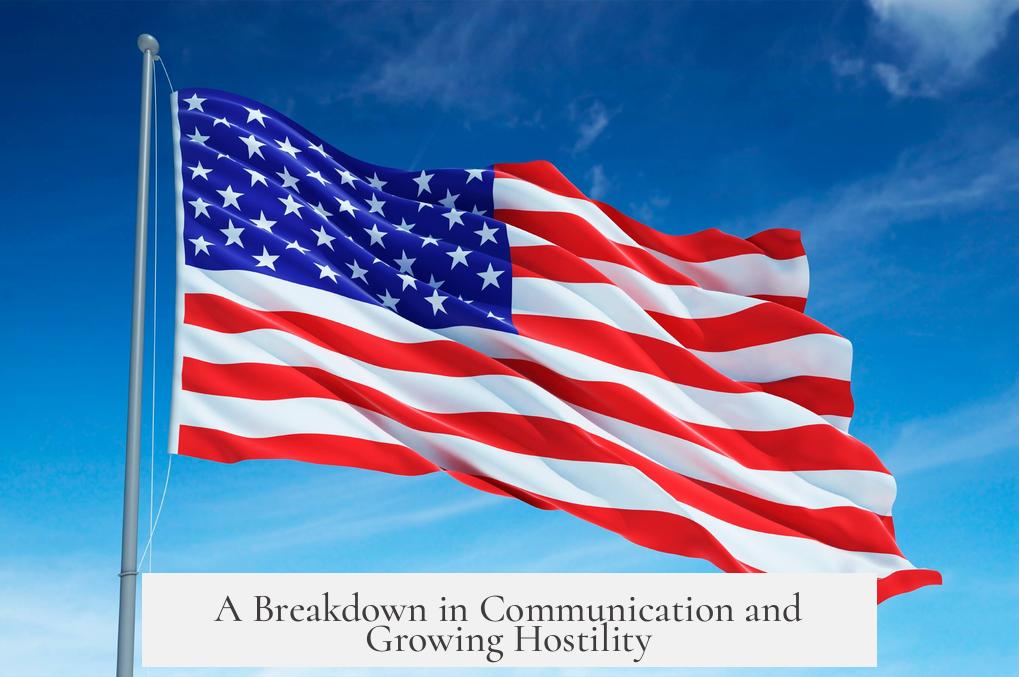
Despite the brewing storm, both sides misunderstood each other’s positions. The British government underestimated how much those taxes would sting, failing to anticipate the fierce colonial opposition. Meanwhile, colonists didn’t expect their government and king to cling so stubbornly to their authority.
Actions and reactions spiraled into a “failure chain”—a string of blunders and misjudgments that pushed them closer to conflict. While colonists protested, Britain doubled down, asserting power while labeling dissenters as rebels.
By 1775, diplomacy had taken a backseat. The King’s Proclamation of Rebellion was out, signaling a readiness to use military force. Even the Olive Branch Petition, a last-ditch effort at peace, was ignored.
Wartime and Wider Rebellion
The British efforts to suppress the revolt had the unintended effect of uniting more colonists behind the cause of independence. The harsh military crackdown turned many fence-sitters into Patriots.
But let’s not paint the colonial story as neatly unified. The revolt involved a patchwork of groups with varied motivations. The French jumped in to help the Patriots, hoping to stick it to their British rivals.
Native Nations hedged bets, siding with both British and Patriots. The southern landscape was complicated, too: Virginia’s governor Lord Dunmore offered freedom to slaves fleeing rebel masters, stirring fears and division among slaveholders who became hesitant Patriot supporters.
Internal divisions dotted the colonial map. Tenants in New York’s Hudson Valley resented their Patriot landlords. In North Carolina, oppressed Regulators weren’t eager to fight on behalf of the very elites who had wronged them.
British military victories came but were limited in scope. They could win battles but couldn’t hold much territory. Loyalists found themselves vulnerable; when Patriot neighbors retaliated, British forces weren’t always nearby to offer backup.
So, What Does This All Mean?
The Revolution wasn’t about a single gripe. Nor was it simply a fight over “taxation without representation.” It was a cocktail of territorial frustration, financial imposition, political miscommunication, and social complexity. Add to that foreign involvement and internal divisions, and you get a powder keg ready to explode.
Ever wondered why revolutions often spiral out of control? Here’s the answer: When grievances pile up and no one listens, people stop asking politely and start demanding forcefully.
Practical Takeaway: Lessons Beyond 1776
From this tangled history, there’s a valuable insight for modern times. Governments must listen carefully to those governed. Policies, no matter how “logical,” can backfire if they ignore people’s lived expectations, especially on land, money, and rights. Likewise, failure to negotiate and escalating use of force almost always widens divides.
So, the next time you hear “taxation was the cause,” remember it’s just one piece. It’s a story of broken promises, mistrust, cultural clashes, and a push for freedom—a saga far richer and more complicated than many textbooks suggest.
Isn’t history more fun when you see it as a messy, human struggle instead of a clean, simple cause-effect tale?
